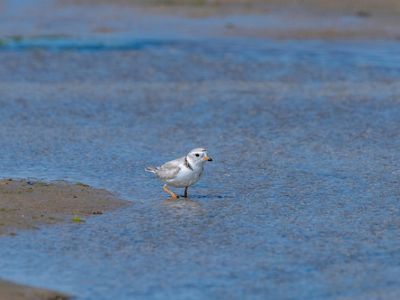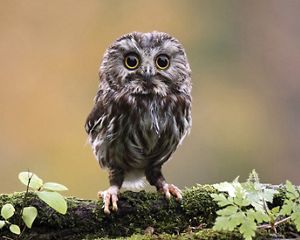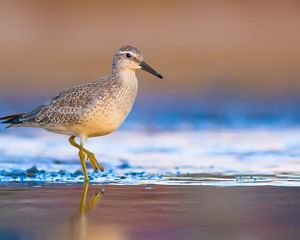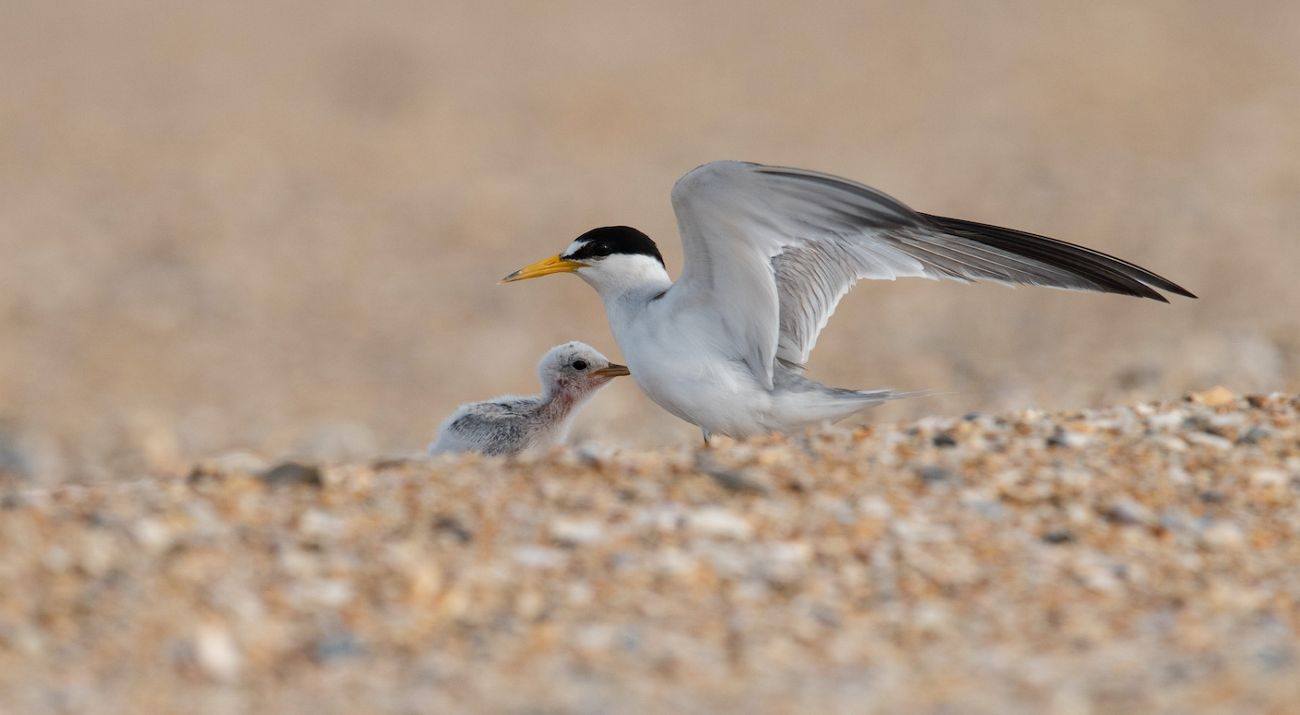
Along the Jersey Shore, endangered shorebirds are struggling due to lack of habitat, natural predators and increased flooding from coastal storms. At the South Cape May Meadows Preserve, The Nature Conservancy is using innovative science and a little creativity to improve survival odds for these charismatic birds.
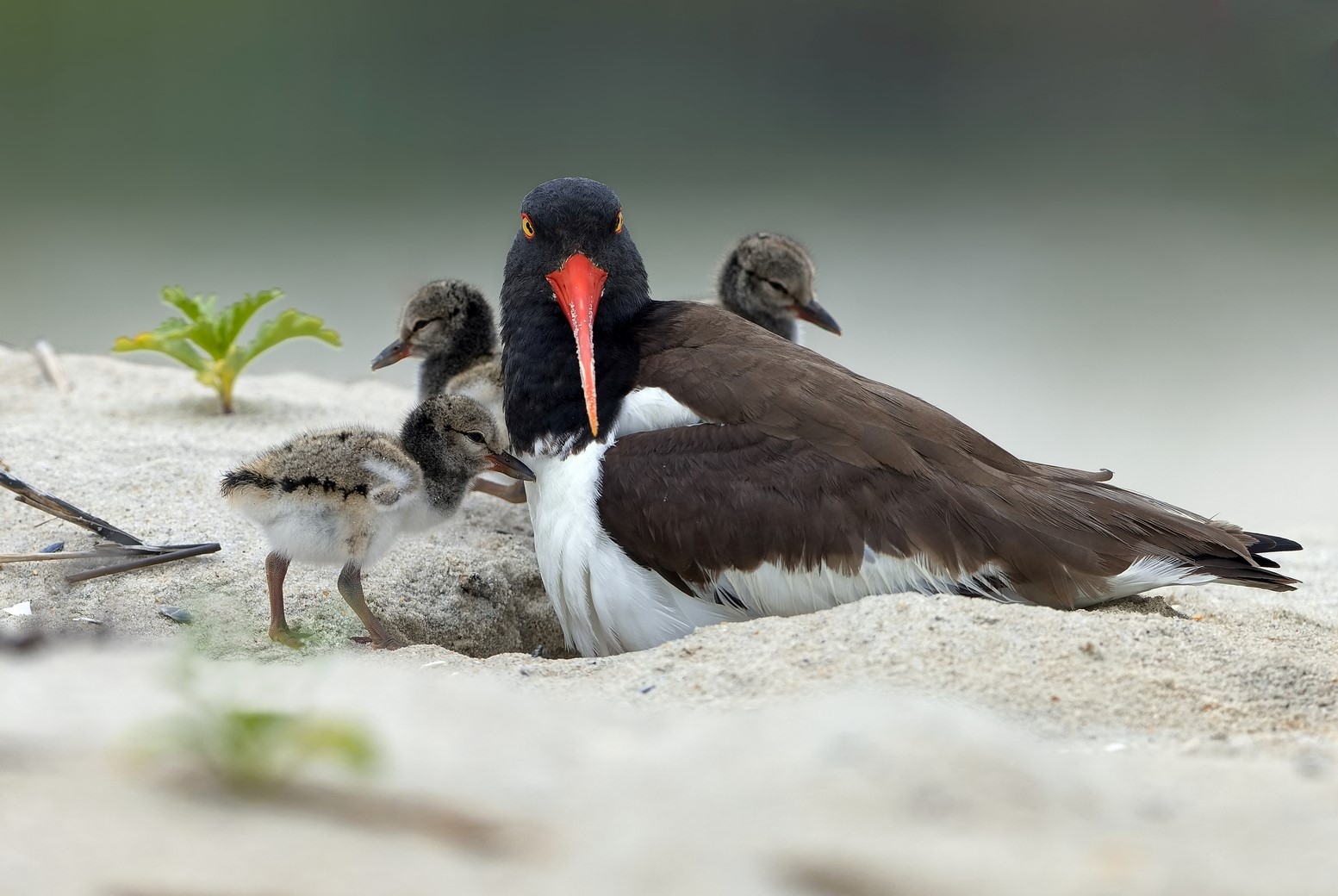
Beachgoers and Shorebirds Love the Jersey Shore
Every summer, people flock to the Jersey Shore, setting up “camps” of towels and umbrellas on the sand and foraying into the waves of the Atlantic Ocean.
Many endangered shorebirds do virtually the same thing. At South Cape May Meadows, piping plovers, American oystercatchers and least terns build nests, called scrapes, in depressions in the sand.
Both males and females share egg incubation duties, leaving them exposed for only the briefest of moments when they trade places. Unfortunately, even with this careful nest tending, things do not always end up well for these fragile species.
Quote: Damon Noe
Beach nesting bird success or failure seems complex, but lack of suitable habitat combined with natural predators and flooding, are pretty obvious challenges.
Beach Nester Basics
Migratory shorebirds—such as piping plovers, least terns and American oystercatchers—nest on beaches along the Jersey shore. Because these birds nest directly on the ground, their eggs and chicks are highly vulnerable to predators. A single attack can devastate an entire colony. Ensuring they have protected habitat is essential to their survival.
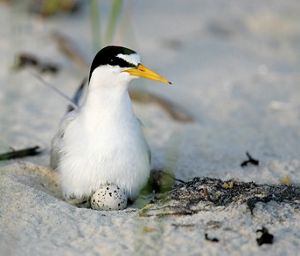
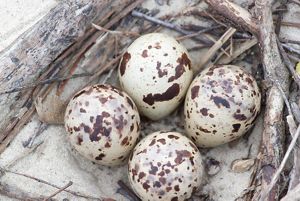
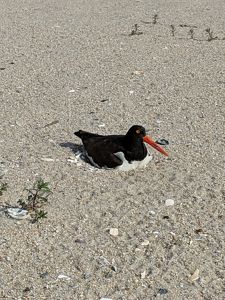
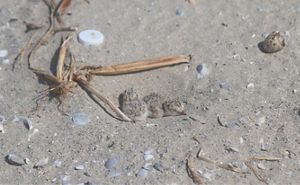

Nesting Least Tern: The smallest of American terns, the Least Tern is found nesting on sandy beaches along the southern coasts of the United States. © Shutterstock

Least Tern eggs: Beach-nesting birds like piping plovers and least terns build nests, called scrapes, in depressions in the sand. © Shutterstock

American Oystercatcher: Adults will take turns incubating the eggs to prevent them from being exposed for long periods of time. © Lily Mullock/TNC

Least Tern Chicks: Least Tern chicks are camouflaged in their sandy nest. © Shutterstock
Making Beaches Safer for Birds
The Nature Conservancy’s South Cape May Meadows preserve welcomes shorebirds like state-endangered least terns each spring to nest on its sandy beaches. Until recently, though, every year all the eggs and young of this sensitive species were unfortunately lost to predators like raccoons, foxes and other birds. People walking dogs on the beach against preserve rules also have a negative impact—sometimes crushing eggs underfoot or scaring bird parents away from important incubation duties.
That trend changed in 2019, when TNC staff installed an innovative system of fences, decoys and predator audio broadcasts to test whether we could boost survival rates. Happily, the project is getting high marks: least tern chicks have successfully fledged every summer since we rolled it out.
Creative Tactics to Attract Shorebirds
This project added creative levels of enticement for the visiting shorebirds. Least tern and plover decoys, faux eggs, and even two custom-made bird call sound boxes were used in an attempt to attract beach-nesting shorebirds to the enclosed habitat.
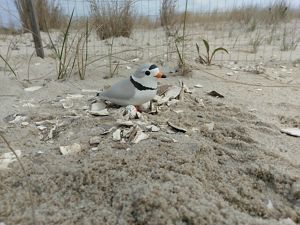
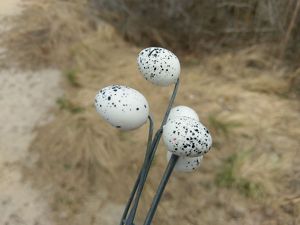
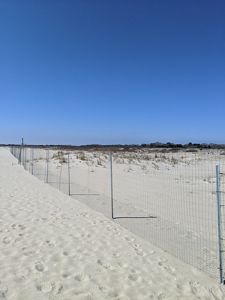
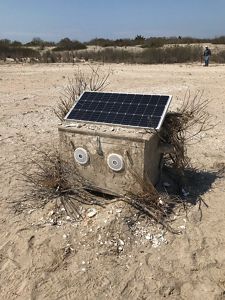

Decoy Piping Plover: These decoys will show us not only whether the plovers will be attracted, but whether the false flock helps to confuse predators. © TNC

Decoy Plover Eggs: TNC is using decoy piping plover eggs and nests in the hope they will distract or deter crows from the real things. © TNC

Nesting Exclosure: A six-foot fence surrounds the nesting habitat, keeping out larger predators like foxes and dogs. © Lily Mullock/TNC

Solar-powered Plover Call box: This custom, solar-powered box positioned inside the exclosure emits piping plover calls, to lure the birds to nest in the protected area. © TNC
“We set up a number of piping plover decoys in fake nests complete with faux eggs inside a traditional exclosure made of wire,” says Damon Noe, Southern New Jersey Land Steward. “It was a test to see not only whether the plovers would be attracted, but whether the false flock helped to confuse predators.” Crows, in particular, will patiently monitor plover activity and then swoop in for a meal when the chicks leave the exclosure. “We were hoping the decoy nests would distract or deter crows from the real things,” Noe adds. While the decoy nests proved unsuccessful for piping plovers, Noe and his team saw much success with other birds in the fenced enclosure.
For least terns, which spend April to August in New Jersey and like to live in colonies, decoys enhanced with sound seem to be an irresistible lure. “We installed custom, solar-powered boxes that emit least tern and piping plover calls,” says Noe. “In 2022 we saw more than 250 least terns—an enormous colony for our beach—in the restored habitat, many of them mating and displaying nesting behaviors. There was even an American oystercatcher nesting there too!”

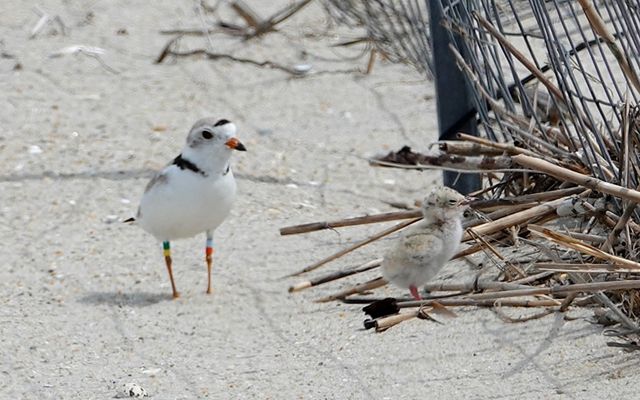
Stay connected for the latest news from nature.
Get global conservation stories, news and local opportunities near you. Check out a sample Nature News email.
Signs of Success
TNC’s preserve had the highest success rates for least terns in New Jersey in 2023 and 2024, producing about 80 fledglings per nesting season—more than half the state’s annual fledgling totals! In its 2024 report on beach nesting birds, New Jersey Department of Environmental Protection even cited TNC’s use of wire fencing to deter predators and improve the number of chicks reaching maturity, noting “its effectiveness cannot be denied.”
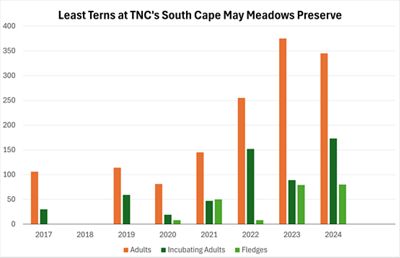
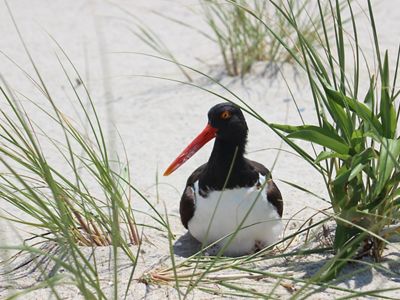
Terns are not the only avians benefiting from the enhancements. Hope is also on the rise for American oystercatchers, a species of special concern in New Jersey. After many years with no successful nests, five fledges were recorded at South Cape May Meadows in the last two years—a small but positive step in the right direction for the charismatic, orange-billed birds.
By the Numbers
-
2022
Staff documented the largest least tern colony the preserve has had in years: over 250 birds.
-
2023
Least Terns: 375 adults, 79 chicks fledged Oystercatchers: 4 pairs of adults, 3 chicks fledged
-
2024
Least Terns: 345 adults, 80 chicks fledged Oystercatchers: 5 pairs of adults, 2 chicks fledged
-
2025
Least Terns: 218 adults, 61 chicks Oystercatchers: 4 pairs of adults, 5 chicks total
Protecting Shorebird Nests from Rising Waters
An even greater threat than predators is flooding, which can wipe out all shorebirds’ progeny with a single surging storm wave. This past winter, in connection with the Jersey Shore’s regular beach nourishment program, TNC worked with partners like the Army Corps of Engineers and the community to create three elevated sand islands at the preserve that help protect nests from inundation. TNC will monitor over the next few years how well these raised areas serve to safeguard the feathered families that rely on the preserve’s dune habitats.
